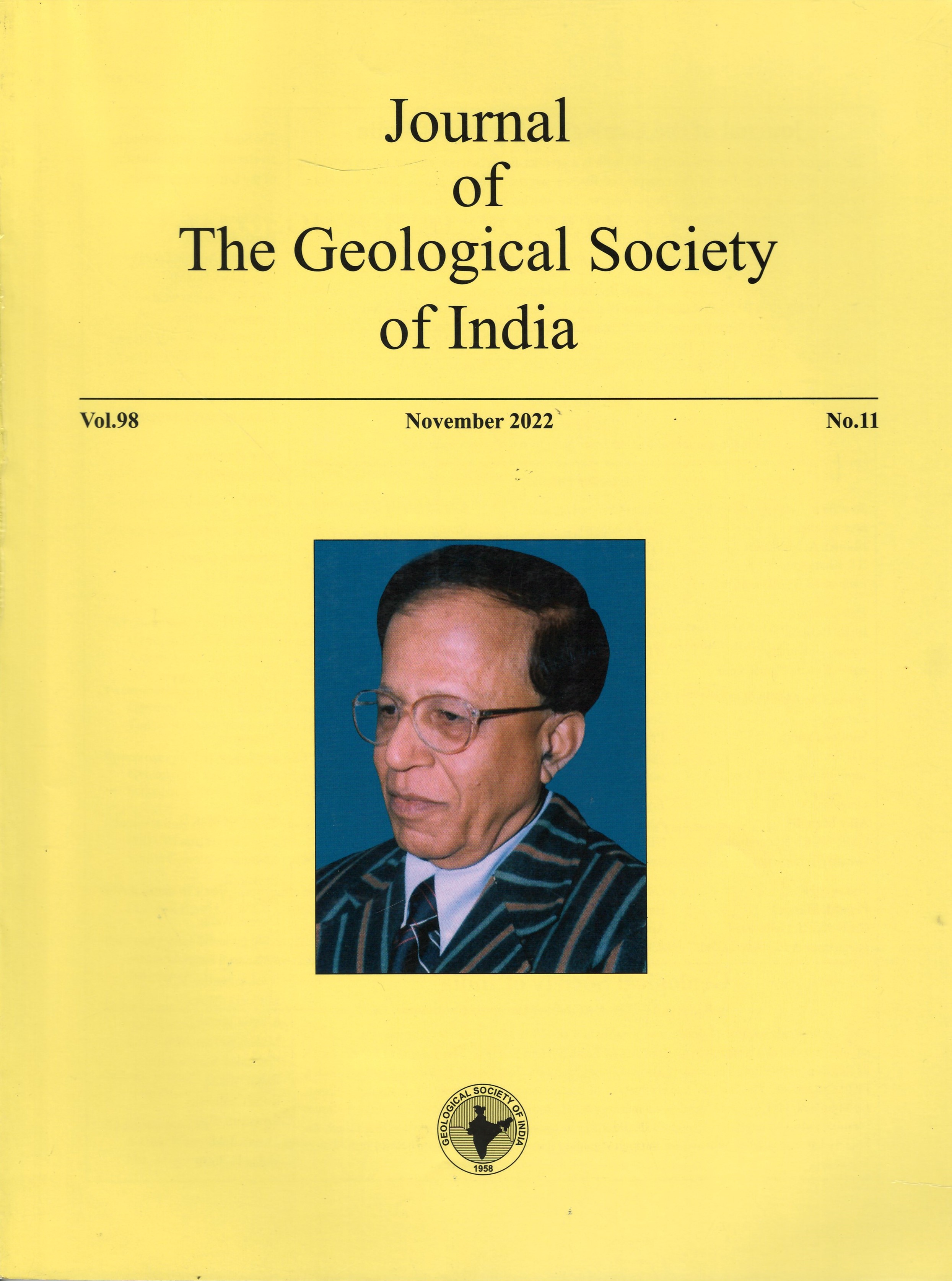Mechanism of Fault Terminations: Theory and Field Examples
DOI:
https://doi.org/10.1007/s12594-022-2207-7Keywords:
No KeywordsAbstract
Contrary to the mechanism of initiation and growth of a fault that has been extensively addressed, the termination of the fault is poorly understood. It is generally believed that the major factors such as the zone of weakness, frictional homogeneity, rock tension, and the minor factors such as stress and gravity are responsible for the initiation and growth of faults, while the deficiency of these factors leads to the termination of a fault. A theory of faulttermination has been proposed by combining progressive deformation and branching (as observed on seismic data from the North Sea and Scotian basin) along with the hindrance, flanking, block rotation, enhanced mineralization, relaxation and cohesive strength. This model of progressive deformation during faulting is categorized into three zones: displacement zone in the beginning, displacement shear transition zone in the middle and the shear zone towards the termination. These well-patterned changes of progressive deformation include continuation of shearing beyond the tip line and converting brittle displacement deformation state into shearing displacement towards the termination. This mechanism also elucidates the deformation state for blind thrust, brittle-ductile transition zone within the crust, initiation of the reverse fault and deformation-stress relationship for faulting.

 Madhab Biswas
Madhab Biswas






